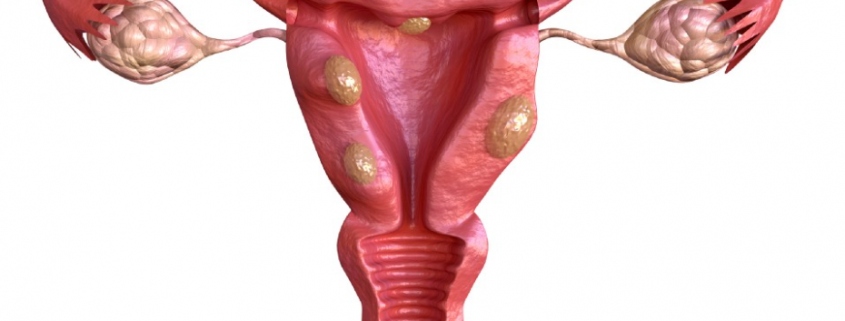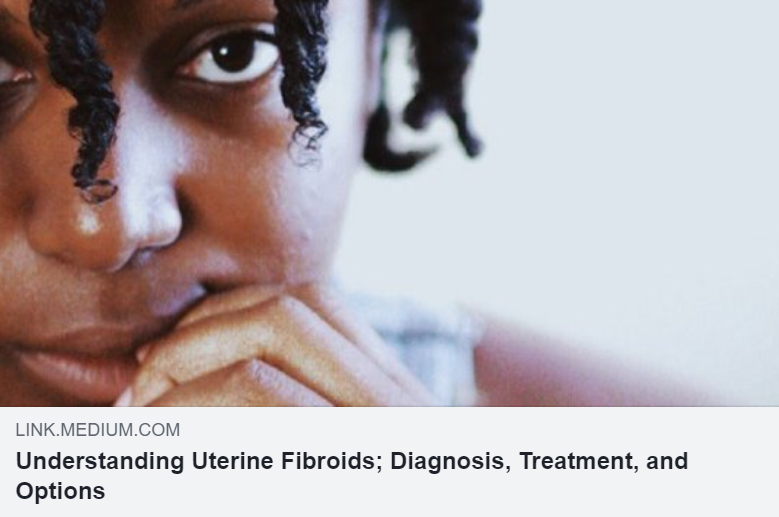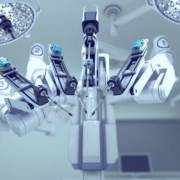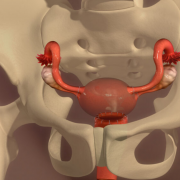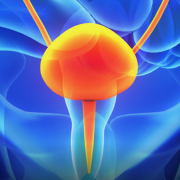How to Fix Fibroids and Get Back to Work Fast
Understanding hysteroscopic myomectomy to remove uterine fibroids.
Getting prepared for surgery can be scary. Learning about an upcoming procedure alleviates fear and anxiety. Let’s talk about hysteroscopic myomectomies and answer questions about how long the procedure will last, what’s involved, what to expect, and even advice on packing your bag. While your surgeon preps, we’ll make sure you’re ready.
What is a Hysteroscopic Myomectomy?
Hysteroscopy is a simple procedure where a doctor uses a small camera called a hysteroscope to evaluate the inside of the uterine cavity. During a hysteroscopy, a surgeon can remove uterine fibroids (myomectomy) and polyps (polypectomy) without having to cut or remove any part of the uterus.
A hysteroscopic myomectomy combines the visualization of hysteroscopy with a cutting device to remove the fibroids. The fibroids are removed without having to make any incisions on your body.
Your cervix will be slightly dilated to allow the introduction of the camera into the uterus. The gynecologist confirms proper placement and evaluates the fibroid to identify its attachment to the uterus. A resection instrument is chosen and placed down the operative channel. The small cutting device slides down the operative channel to allow surgical removal.
The fibroid is cut into small pieces and removed. The procedure is complete once we have restored a normal-appearing uterine cavity.
What are uterine fibroids?
Uterine fibroids are benign noncancerous tumors affecting women. Fibroids, also called leiomyomas, are made of muscle cells forming into balls and bumps that grow in the uterus. Up to 80% of women will develop one or more uterine fibroids during their lifetime.
Uterine fibroids have multiple symptoms
- Heavy periods (menorrhagia)
- Painful periods and cramping (dysmenorrhea)
- Bleeding after sex (postcoital bleeding)
- Painful intercourse
- Pressure or abdominal fullness
- Increased abdominal size
- Frequent urination
- Constipation
- Low back pain
Not all women with fibroids have symptoms. The size and location in the uterus impact the potential for life-disrupting symptoms. Fibroids can also affect fertility and the risk of miscarriage.
A myomectomy is a surgery to remove individual fibroids while preserving the uterus. The size and location of the fibroids in the uterus determine the type of myomectomy. Options include an abdominal, laparoscopic, robotic, and hysteroscopic myomectomy.
Hysteroscopic myomectomy is optimal for submucosal fibroids, the type of uterine fibroids contained inside the uterine cavity.
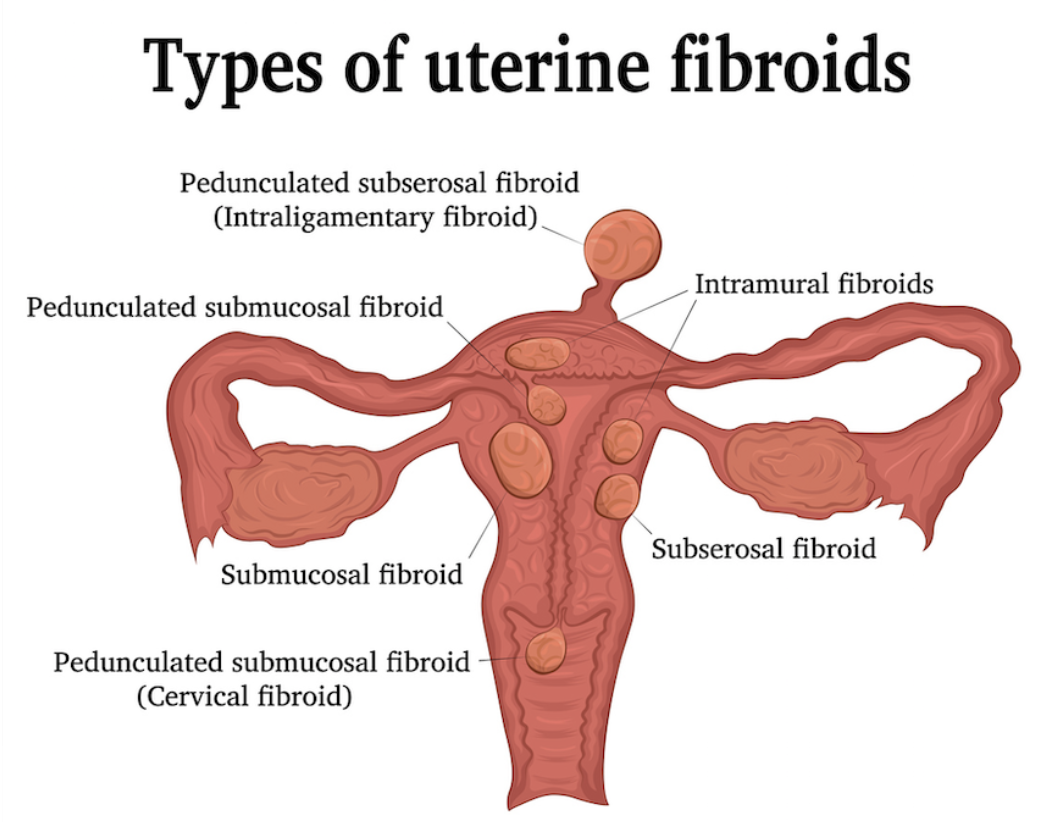
Viktoriia Ilina istock by Getty
Types of fibroids
-
- Intramural: These fibroids are located within the muscular walls of the uterus and typically can cause heavy bleeding, painful intercourse, or pressure symptoms.
- Submucosal: These fibroids dangle inside of the uterine cavity typically cause heavy bleeding, irregular bleeding, or bleeding after intercourse.
- Subserosal: This type of fibroid grows on the outer wall of the uterus. Heavy periods, pelvic pain and bulk or pressure symptoms are common
Where is a hysteroscopic myomectomy performed?
Hysteroscopic myomectomy can be performed in a variety of settings, but most commonly, Obgyns perform this procedure in an Ambulatory Surgery center or hospital. Some Obgyns will do these surgeries in the office.
Choosing the appropriate surgical setting depends on a few different factors. The size and location of the fibroids, the physician’s experience, and the availability of equipment impact the decision.
How long will I be in the hospital?
Hysteroscopic myomectomy is an outpatient procedure. You may go home after the surgery is complete.
Can my family visit me?
Most hysteroscopic procedures are performed in a hospital or Ambulatory Surgery Center. A trusted family member should drive you to and from the appointment. Your family is welcome to stay with you before and after this outpatient procedure.
Does my procedure require an anesthetic?
Anesthesia is required for a hysteroscopic myomectomy procedure. The type of anesthesia will vary depending on the surgical setting, the surgeon’s experience, and office equipment availability.
Oral sedation, paracervical block, IV sedation, and general anesthesia are all potential anesthetic options.
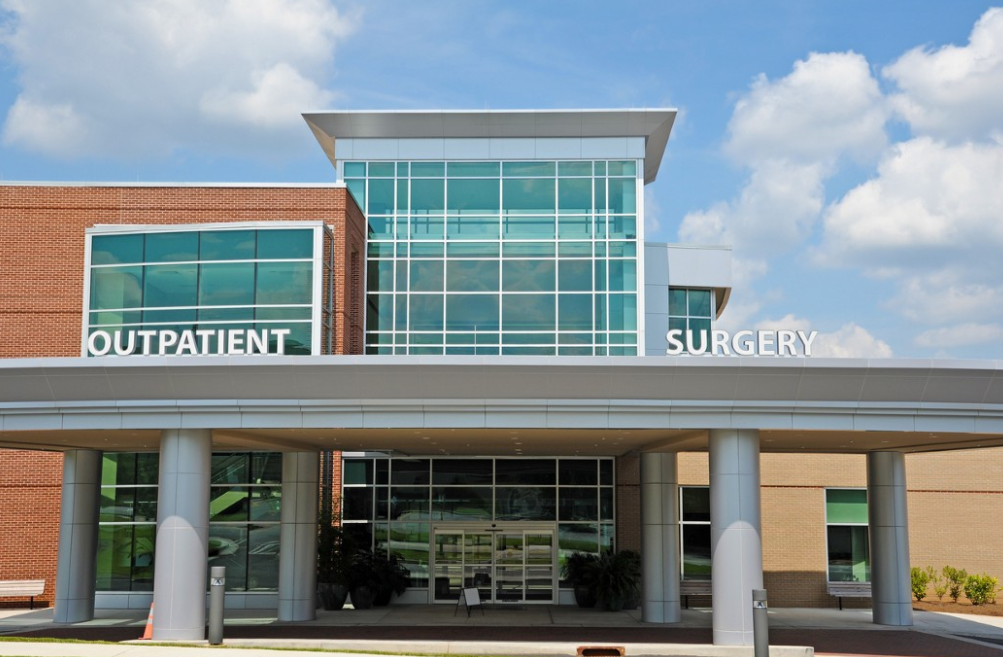
What’s the procedure when I check-in?
Most surgeries will involve a preoperative visit with your surgeon to go over the procedure’s risks and benefits in detail. Your surgeon answers questions regarding your upcoming surgery. The surgical consent form is reviewed, signed, or updated with any changes.
In most settings, patients will receive a preoperative phone call by a nurse or medical assistant one to two days before surgery. If any blood work or preoperative testing is required, it will be scheduled and confirmed.
Most hysteroscopic myomectomies are performed in a hospital or Ambulatory Surgery Center. The staff will guide you to the preoperative holding area to change into a surgical gown and store your valuables. You will meet the nursing team who will provide care during your stay. An IV will be placed at this time.
The anesthesia team will come to interview you and answer questions. Typically your surgeon will also come and review any last-minute questions.
What happens in the operating room?
After the preoperative evaluation, the team will guide you to the operating or procedure room. You will move from the mobile bed to the operating table. Once you are positioned comfortably and safely, the anesthesiologist will give you medication through your IV.
The OR nursing team will cover your body with sterile drapes and prep the vagina for surgical sterility. The team then performs a “surgical time-out.” A surgical safety checklist is read out loud requiring all surgical team members to be present and attentive.
The surgeon then performs the surgical procedure.
Once the procedure is complete, a post-procedure review is done together as a surgical team. All instruments and equipment are counted and verified. When finished, the anesthesiologist will begin to wake you up for transfer to the recovery room.
How does the procedure work?
Multiple medical device technologies can be used to perform hysteroscopic myomectomy. Gynecologic surgeons typically have a personal preference or comfort level with one or more of the various options. Each medical device works by combining the visualization of hysteroscopy with a cutting device to remove the fibroids.
The most common technologies include loop resection, Myosure™, Symphion™, and True Clear™. While each system functions differently, each subscribes to the same basic concept: fibroid resection under visual surveillance.
Your cervix will be slightly dilated to allow the introduction of the camera into the uterus. The gynecologist confirms proper placement and evaluates the fibroid to identify its attachment to the uterus. A resection instrument is chosen and placed down the operative channel to perform the surgical removal.
The fibroid is cut into small pieces and removed. The procedure is complete once we have restored a normal-appearing uterine cavity.
When the treatment is complete, the devices are safely removed.
How long will I be in surgery?
Once the patient enters the operating room, a series of safety steps must occur. This process takes about 20 minutes.
The operative time for a hysteroscopic myomectomy varies. Small, soft fibroids may take only a few minutes. Large, dense, or hard-to-reach fibroids may take longer.
In general, 30–60 minutes of operative time should be expected.
When can I go home?
Postoperative recovery time will vary from person to person. Each patient must meet certain discharge criteria. The patient’s vital signs must be stable. The patient must be alert, oriented, and able to walk with assistance. Postoperative nausea, vomiting, and pain must be controlled as well as confirmation of no postoperative bleeding.
The nursing team will go over discharge instructions, and the plan for postoperative pain management options will be confirmed.
Hysteroscopic myomectomy procedures require a minimal amount of postoperative recovery. Patients are often discharged as early as 30–60 minutes after the procedure.

Photo by Anthony Tran on Unsplash
What is the usual recovery time
Most women should be able to return to normal daily activities the next day. You should speak with your physician about the resumption of sexual activity. You should not use tampons for up to seven days after the procedure to reduce the potential risk of infection.
The short term effects on menstrual bleeding vary. Some may see immediate improvement. Others will continue to see menstrual cycle lightening for a few weeks as fibroid fragments and endometrial tissue are expelled.
You should be able to resume all work and household activities the day after your procedure. You should expect to feel a little vaginal soreness for 2–3 days. Mild uterine cramping is also common.
Some patients will require mild pain medication like NSAIDs or even low dose narcotics for a brief period of time.
It is wise to wear a sanitary pad for a few days as you may experience vaginal spotting or dark vaginal discharge.
You will be instructed to abide by pelvic rest for approximately one week. This includes no douching, no sex, and no tampons.
You should call your doctor if you experience heavy vaginal bleeding, fevers, or worsening abdominal pain.
What aftercare is required?
Most women should be able to return to normal daily activities the next day. You should speak with your physician regarding the resumption of sexual activity. Typically, the recommendation is no intercourse for 1–2 weeks.
You should not use tampons for up to seven days after the procedure to reduce the potential risk of infection.
Light bleeding, spotting, and brown or black discharge is common and expected. Sanitary napkins are advised.
Your doctor will schedule a postoperative examination 1–2 weeks after the procedure. The fibroid specimen pathology report will be reviewed during this visit.
Danger Signals to look out for after the procedure
After a hysteroscopic myomectomy procedure, we expect light spotting and vaginal discharge.
If you experience heavy bleeding, abdominal or pelvic pain, a fever, or pain that increases over time beyond 24 hours, call your physician. After any surgery, contact your physician if you meet any of the following criteria:
- Pain not controlled with prescribed medication
- Fever > 101
- Nausea and vomiting
- Calf or leg pain
- Shortness of breath
- Heavy vaginal bleeding
- Foul-smelling vaginal discharge
- Abdominal pain not controlled by pain medication
- Inability to pass gas
What preparations should I make for aftercare at home?
Hysteroscopic procedures require very little postoperative care. Vaginal discharge and spotting are expected. One should have a supply of sanitary pads available. Sexual activity should be avoided until cleared by your doctor. One may resume a normal diet and exercise the day after the procedure.
What information should I provide to my doctors and nurses?
It is very important to provide your doctor with an updated list of all medications, vitamins, and dietary supplements prior to surgery. All medication and food allergies should be reviewed. Share any lab work, radiologic procedures, or other medical tests done by other healthcare providers with your surgeon prior to your procedure.
Thank you to BeingWell for publishing this article on Medium. Article Originally published at https://medika.life on June 3, 2020.
Blog Author: Dr. Jeff Livingston
Main Blog Photo By: wildpixel istock by Getty
